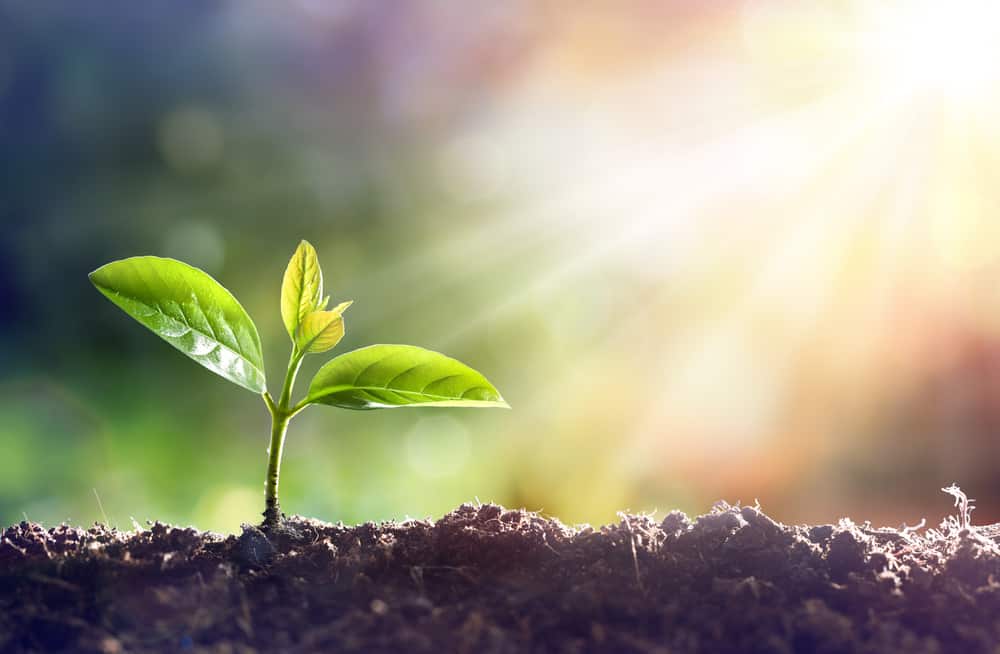Plants are pretty dull. They grow, they look pretty, and that’s about it. Oh, and sometimes they burn in wildfires. But nothing more. Right? Wrong. These green guys, complete with roots, stems, leaves, and more, are amazing! They clean the air and provide the oxygen that we breathe. Even people who do not eat plants need them to live.
Moreover, some plants are pretty weird, like the carnivorous plants that – get this – eat insects, spiders, and small animals! And you thought plants were boring. Do you want to learn more about plants and some of their amazing features, especially how some consume meat? Keep reading to find out more about how the Venus flytrap is not the only carnivorous plant, either.
Plants Are Multicellular Organisms That Produce Their Own Energy

What exactly is a carnivorous plant? The first question to ask is, what is a plant? A plant is a multicellular organism, so single-celled microorganisms – such as bacteria – don’t qualify. Furthermore, while something carnivorous by definition eats meat, carnivorous plants do more: they produce their own energy.
Plants absorb sunlight, which is converted through a chemical and biological process called photosynthesis. Humans and other animals cannot convert sunlight into energy; we have to eat to get power. So, as we said, plants are pretty cool.
